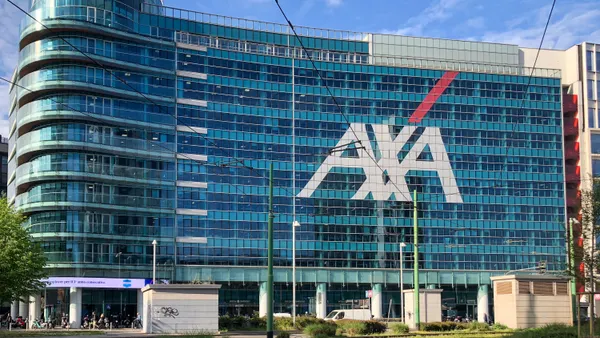CIOs planning for the future aren't thinking of the "new normal" — it's the "next normal" they have to worry about.
With no end in sight to the pandemic, and the future of central offices unknown, IT teams are building new infrastructure to meet more flexible demands.
"How we're going to get it done now is a far deeper conversation with IT," said Justin Donato, vice president of IT at Nintex. Traditional distributions of the workforce had employees working in central locations the enterprise could invest in and support. That doesn't work when employees are mostly at home.
This is especially true if some employees left high-priced cities and now work from lower-cost areas in different time zones. "The role of IT is really becoming, 'how do we get business done,' probably more than it ever has been before," Donato said.
That involves new investment in remote work technologies and innovation in how to be flexible and accommodating to employees who may never come back to the office. The CIO role is being redefined — technology leaders stand to take on a more permanent executive decision-making role.
IT stars of the next normal
Technologies rushed forward to support remote work will remain important. Deloitte's "Save to Thrive" report, published in August, surveyed 1,089 executives from around the world who have direct involvement with cost management and enterprise transformation efforts.
Deloitte found the top respondent priorities operating in a pandemic are:
-
Enhancing IT infrastructure
-
Enabling remote work
-
Using digital channels to enable pre-sale, sale and post-sales
Deloitte also found the most relevant technologies in the next normal will be cybersecurity solutions and cloud computing, which support technology investments and protect workers and their enterprises.

"We're seeing more interest and more importance being put into those communication mechanisms, and quite a bit more around Slack, Zoom [and] Microsoft Teams," said Donato.
Sustaining a remote workforce long-term isn't necessarily easy, said Mehdi Daoudi, CEO and co-founder of Catchpoint. For example, if 2,000 employees were located in three offices, the IT department could give them fast and quality internet.
"But now I have 2,000 employees in 2,000 offices. How do you solve that? How are you going to innovate? Are you going to start providing the same equipment to all your workers? How are you going to ensure that all your employees are going to work under the best conditions? If you haven't thought about it, maybe you should," he said.
Customer-centric IT, for employees
IT should be thinking about customers, but not just the company's customers. "We need to learn from the consumer business about how to deliver IT services to the enterprises," said Daoudi.
That means addressing all angles of the total IT experience. As an example, he cites his own children's experience with remote learning. Their school has "a great IT team, but then they forgot to teach the teachers how to use Zoom," Daoudi said, "It's about enablement. Have you enabled employees?"
Part of the solution comes from being proactive, especially for remote workforces where employees can't "walk into an IT hub and say, 'Hey my computer is broken, fix it.' We need to be more proactive," he said.
Proactiveness can come in the form of automation, which is on Deloitte's list of top transformative actions, with two out of three companies expecting to pursue automation opportunities.
Collecting data about how hardware and software is being used by employees in these unique settings becomes critical. For example, an employee doesn't need to call anyone to say that their laptop battery has died. The IT team should already know that — and have already sent a new battery to wherever that employee is working.
Another shift in the CIO role
Given the focus on IT right now, this is a time when CIOs should be able to take on a bigger role at the executive level if they haven't already, said Nicola Morini Bianzino, global chief technology officer at EY.
"It's not just a sideshow, but it's actually a function essential to business. Without technology, you can't run a business," he said. Most CEOs who might have been hesitant to invest in cloud have made the leap, with CIOs guiding the way.
The role of the CIO has shifted back toward what it was in the 1990s, which isn't a bad thing, according to Morini Bianzino. Then, it was "truly the chief information officer," but evolved more into a CFO-like role in managing contractors, outsourcing and IT operations.
Now, CIOs have been tasked with finding the technology to make business work in a whole new way, which involves creativity and innovation.
That doesn't mean CIOs could slip out of view whenever things return to more even ground, said Donato. "The key is to remain engaged and by being more involved in the how [of how things run]. It gives IT the opportunity to understand at a deeper level what the business unit is trying to achieve."














